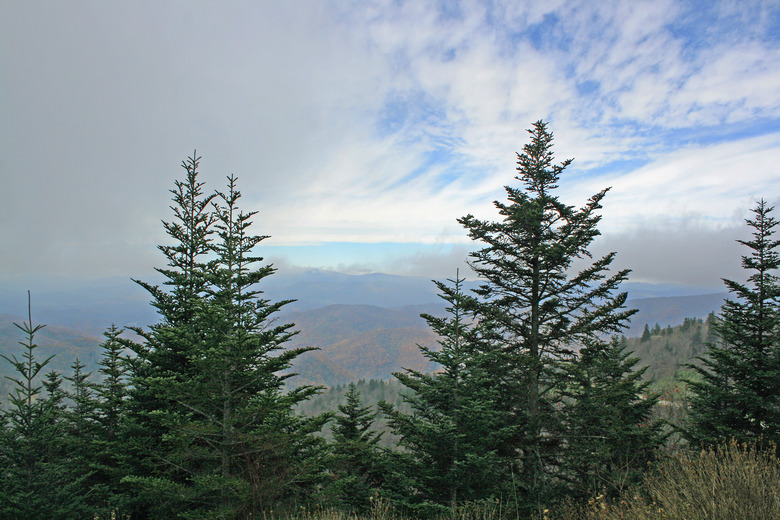How To Plant Fraser Fir Trees
A popular Christmas tree species, the Fraser fir forms that attractive, narrow and pyramidal shape so prized during the holiday season for indoor celebrations.
However, the Fraser fir (Abies fraseri, USDA hardiness zones 4 to 7) is not common in natural settings, although it is widely cultivated by commercial tree farms. Sometimes called the she-balsam, the southern balsam fir, or the Fraser balsam fir, this tree natively grows at about 4,000 to 6,700 feet elevation in cool mountain climates.
Its name derives from the Scottish botanist John Fraser (1750-1811).
About the Fraser Fir
The Fraser fir has a slow growth rate and, in its native habitat, may reach only 2 to 3 feet tall in its first 20 years. At 40 years, it may have achieved only the size of a sapling! When grown in full sun, however, the tree's growth rate is much faster. In fact, Fraser fir Christmas tree plantings can grow to 6 feet tall in just six to eight years.
This tree is intolerant of heat and humidity, appreciating the cool, moist climates characteristic of cool temperate rain forests. If fog is present, that's even better.
It has dark green needles up to 1 inch long, with white bands on the undersides. The stems are resinous, so sometimes you'll notice resin blisters on the bark. The seed cones are purple with conspicuous bracts. Like many fir trees, the cones perch atop the branch rather than drooping below.
Tip
Native to the southern Appalachian mountains, the Fraser fir is sometimes likened to the balsam fir tree (Abies balsamea). To tell them apart, look at the bracts on the cones: the Fraser fir has long bracts that curl downward, while the balsam fir has short bracts that hide behind the scales.
Planting a Fraser Fir
A Fraser fir will grow quite large unless harvested before fully mature, reaching from 30 to 55 feet in height and 10 to 25 feet in width. If you are hoping to plant this tree and enjoy it in its natural state, you'll need a lot of room.
Choosing a Location
Choose a full-sun or partial-sun site to provide two to six hours of direct sun daily. This tree, like most plants, requires well-draining soil.
Ensure you have 24 to 60 feet of space to accommodate this tree's growth over time, unless you plan to harvest it as a holiday tree when it is young.
Tip
The Fraser fir prefers an acidic soil pH of under 6.0, so get a soil test and amend the soil with aluminum sulfate or ferrous sulfate to lower the pH if it is too alkaline.
Planting the Tree
Choose a healthy seedling with uniformly green foliage. Check the bottom of the container to ensure that the roots are not rootbound, i.e. circling the pot and emerging from the drainage holes.
If your soil test revealed a deficiency, dig in the appropriate amendments before planting. Plant your tree during the dormant season, generally early spring, although fall is also possible. Avoid planting if the soil is frozen or too wet.
Dig a hole about 50 percent larger than the rootball, and situate the tree at the same level it was in its nursery container.
Water well until established, sometimes even every day if the weather becomes warm.
Fraser Fir Care
In its first year after planting, apply no fertilizer. In the second year, top-dress with nitrogen three times annually, in early spring, late spring and again in early summer (usually April, May and June, depending on your location).
Observe your tree and get a soil test if it appears discolored or shows evidence of stress or disease.
Pests and Disease Problems
In its native habitat, the balsam woolly adelgid has killed many Fraser firs. This tree can also be targeted by bark beetles, aphids, bagworms and scale. If the weather is hot, spider mites can also attack this tree.
Disease susceptibility includes root rots of various types, needle rust and twig blight.

